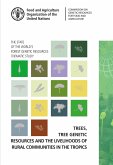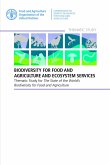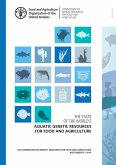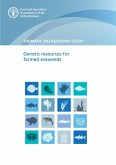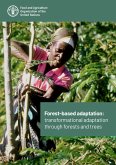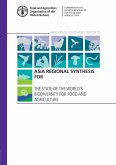This study, prepared within the ambit of The State of the World's Forest Genetic Resources, reviews issues related to the development of indicators for tree genetic diversity. It includes a historical account of the development of science-based indicators for tree genetic diversity that embrace ecological surrogates for genetic diversity, the genealogical approach, genetic monitoring of management units, the use of molecular markers, as well as relevant experience from other organisms and policy processes. It also includes a section on relevant data, data sources, and databases. Finally, the study proposes a set of four operational indicators for monitoring tree genetic diversity. The proposed indicators could support efforts towards sustainable forest management, as well as the development of indicators for the post-2020 global biodiversity framework.
Dieser Download kann aus rechtlichen Gründen nur mit Rechnungsadresse in A, B, CY, CZ, D, DK, EW, E, FIN, F, GR, H, IRL, I, LT, L, LR, M, NL, PL, P, R, S, SLO, SK ausgeliefert werden.



